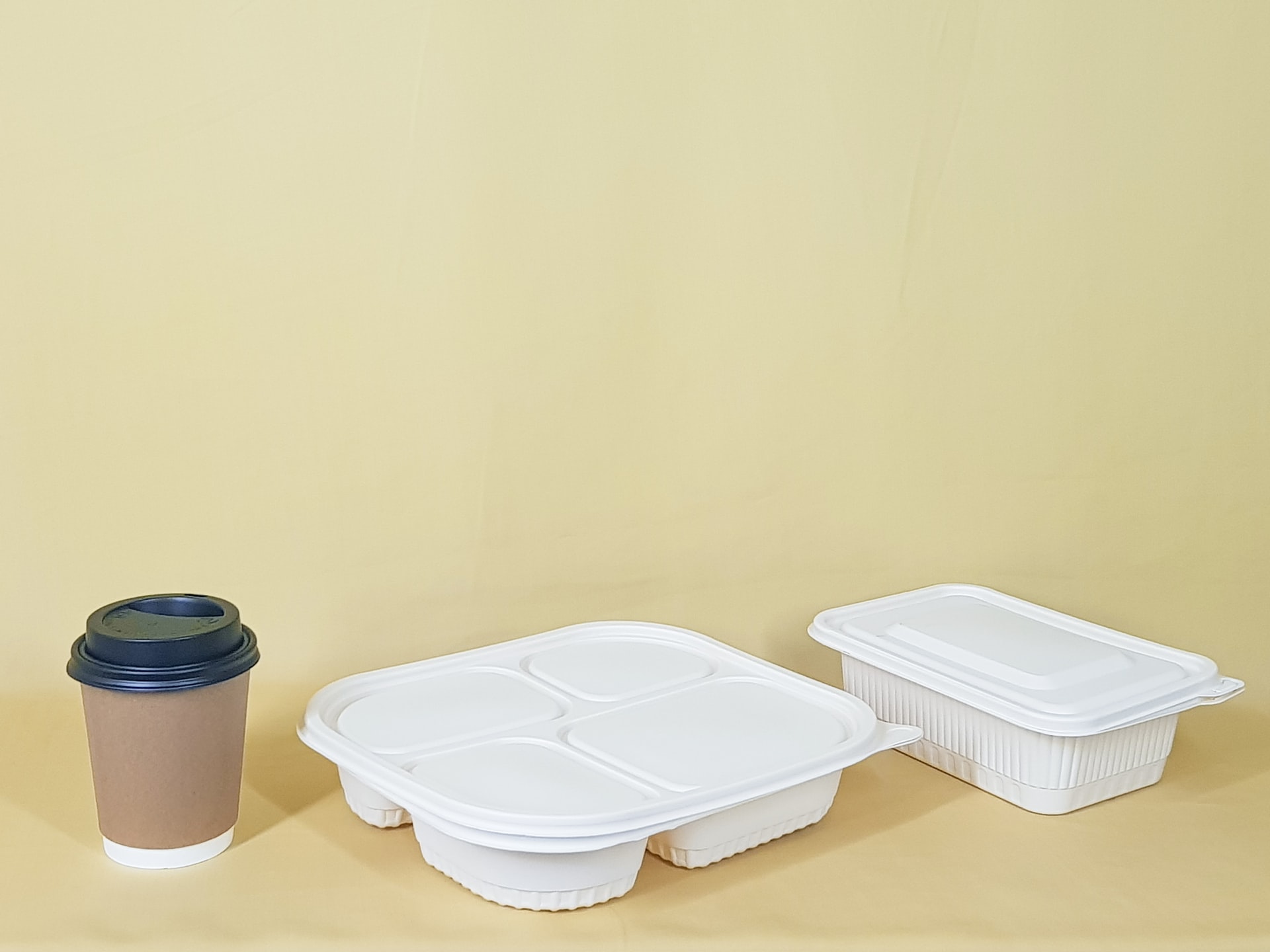What is the impact of packaging waste and why do we need a sustainable approach?
Going sustainable would have tremendous benefits for your businesses. An eco-friendly approach to product packaging is a viable way to boost your reputation, save money long-term, keep up a good image and attract eco-conscious customers.
By using sustainable packaging solutions you are also helping the environment. On top of conserving resources, reducing emissions, and preserving nature and wildlife, probably the biggest problem sustainable packaging solves is the excessive waste generation and nature pollution.
Read on to learn more about the impact of packaging waste and the reasons why sustainable packaging is the future.
What is packaging waste?
Packaging waste is all that leftover material from the package after unboxing a product and during manufacturing. Unfortunately, not every packaging waste can be recycled, repurposed, or reused. So in such cases, the leftovers always become litter and end up in a landfill, or worse – find their way to pollute nature and enter the waterways.
What are some of its impacts on the environment?
Air pollution
There are a few ways packaging waste causes air pollution. With traditional packaging, the processing of plastics releases harmful gases such as vinyl chloride, hexane, CFCs and methane into the air. And so does the material decomposition. The shipping of excessive packaging supplies further contributes to the problem with carbon emissions responsible for climate change and global warming.
Litter
Another serious impact that packaging waste has on the environment is littering. This is especially true for traditional packaging made of plastic that takes hundreds of years to decompose. Unfortunately, not all packaging will be disposed of properly and end up in a landfill. A big portion of that plastic waste ends up polluting the environment for many years to come.
Water pollution
Water pollution is another issue that deserves special attention. There are too many plastics and microplastics from packaging (and its processing) that end up in the waterways. These plastics are vastly hurting sea life and releasing toxic chemicals into the water.
Loss of animal and plant life
We need to address a few things when it comes to the loss of animal and plant life. Exposure to plastic waste is extremely dangerous for animals because they can ingest it directly or through the food chain. They could also get tangled up in plastic particles that might affect their ability to move, breathe, grow or even live. The toxic release of gases from landfills and the contamination of the groundwater decrease soil quality and fertility. And that can lead to the loss of plant and animal species.
What can we do to become more sustainable?
Zero-waste packaging could be a solution but is a very hard and expensive concept to achieve. That’s why in order to tame the negative effects that packaging waste has on the environment, we need to start thinking about how to make packaging more eco-friendly.
Eco-friendly packaging is either recyclable, biodegradable, or both. Recycling is a wonderful way to stop packaging from becoming a litter and repurpose the materials so they can be used again after processing. As for biodegradable packaging, it is completely non-toxic and safe to dispose of, as it breaks down extremely fast, without hurting the environment and wildlife.
Some of the best materials you can choose for your outer product packaging and wrapping are different types of paper and cardboard. If you want to be even more sustainable, there are alternatives such as packaging made of plant matter, water-dissolvable solutions, edible packaging, eco-friendly inks, and more.
Packlion can help you find the best alternative for your brand needs, so you can lower your and your clients’ negative impact caused by packaging waste.
